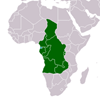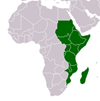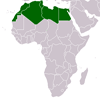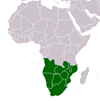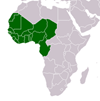Petrography and geochemistry of Mesoarchaean komatiites from the eastern Iron Ore belt, Singhbhum craton, India, and its similarity with ‘Barberton type komatiite’
Petrography and geochemistry of Mesoarchaean komatiites from the eastern Iron Ore belt, Singhbhum craton, India, and its similarity with ‘Barberton type komatiite’
The Mesoarchaean supracrustals of the Gorumahishani–Badampahar belt, eastern India record sedimentation–volcanism like most other contemporary greenstone belts over the world. The current study reports unambiguous komatiitic rocks from Tua-Dungri hill, Gorumahishani–Badampahar belt, Jharkhand and presents a petrological and geochemical inventory of these very interesting rocks. The Tua-Dungri komatiites are characterised by a well distinguishable cumulate, platy and random spinifex zone. These Tua-Dungri komatiites are rich in SiO2 (47–50wt%) like Barberton type komatiite or modern day boninite. Their Al depleted nature (Al2O3=1.36–2.95wt%) with very low Al2O3/TiO2 (3.4–6.5) and high CaO/Al2O3 (2–3), high LREE/HREE ratios show further resemblance with the Barberton komatiite. The Tua Dungri komatiite data along with published geochemical, sedimentological and stratigraphic data from the Iron Ore Group of rocks suggest mantle plume activity during the Mesoarchaean on the Singhbhum craton.
CITATION: Chaudhuri, Trisrota. Petrography and geochemistry of Mesoarchaean komatiites from the eastern Iron Ore belt, Singhbhum craton, India, and its similarity with ‘Barberton type komatiite’ . : Elsevier , 2015. Journal of African Earth Sciences, Vol 101, February 2015, pp. 135-147 - Available at: https://library.au.int/frpetrography-and-geochemistry-mesoarchaean-komatiites-eastern-iron-ore-belt-singhbhum-craton-india-4

